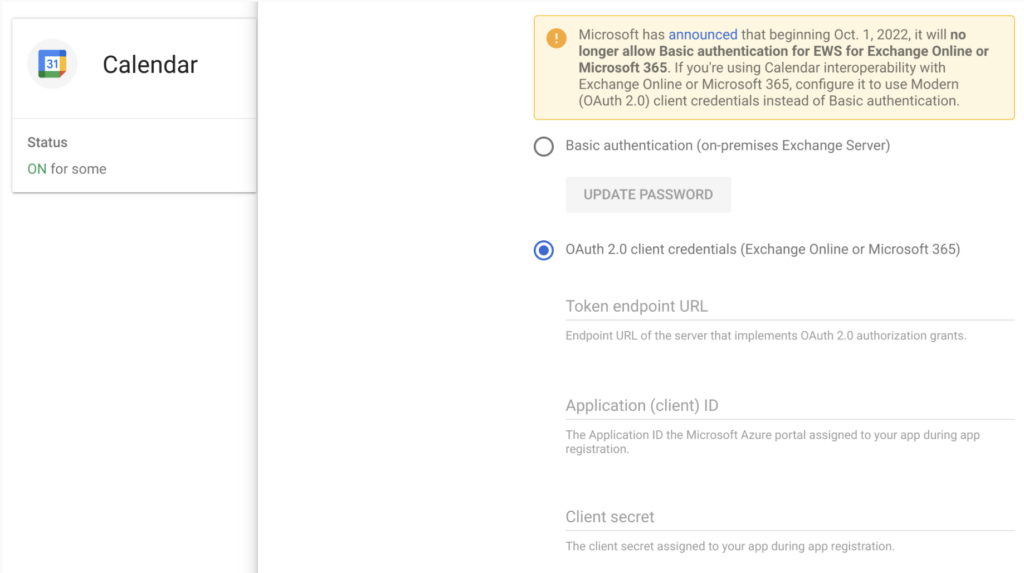Google to Disable Calendar Interop with Exchange Online in October

Google has announced an important configuration change for Google Workspace customers. The company recommends that organizations should enable OAuth 2.0 to continue using Google Calendar Interop with Exchange Online after Microsoft disables Basic Authentication in October.
Google Calendar Interop is a useful tool that allows Exchange Online and Google Calendar to work together. The feature lets users sync events, availability status, and calendar resources across both services to schedule meetings accordingly.
Back in May, Microsoft reminded customers that it would disable Basic Authentication support in Exchange Online in October. This change will affect protocols such as POP, IMAP, RPC, MAPI, Remote PowerShell, Offline Address Book (OAB), and Exchange Web Services (EWS). The goal is to improve the security of the email service by preventing hackers from compromising user accounts with password spray attacks.
Currently, the interoperability between Google Calendar and Exchange Online is available through Basic Authentication. However, Google Workspace customers who have configured this feature will no longer be able to sync calendars across both services after October 1, 2022.
Google urges customers to upgrade to OAuth 2.0 to avoid disruptions
Google advises that organizations using Basic Authentication should switch to modern authentication (OAuth 2.0 token-based authorization) to avoid disruptions. IT admins can configure OAuth 2.0 within Google Calendar Interop by heading to Admin console >> Apps >> G Suite >> Settings for Calendar >> Calendar Interop Management.

It is important to note that the end of Basic Authentication support will be rolled out gradually to all Exchange Online users. This change is expected to complete by the end of this year, and it won’t affect on-premises customers. Let us know in the comments section below if you’re still using Basic Authentication in your organization.



